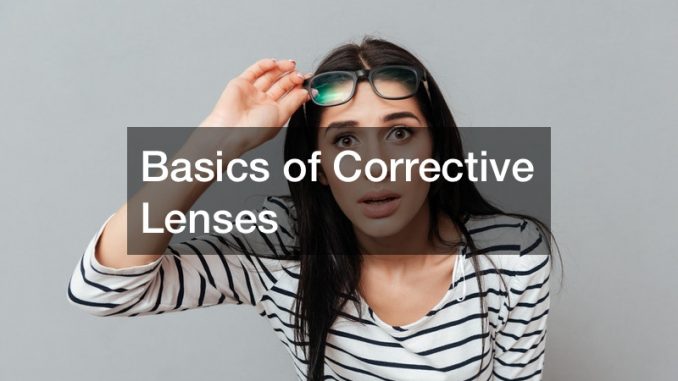

Both nearsightedness and farsightedness impede vision and can negatively impact your day-to-day life. Corrective lenses are used to address these problems, but what’s the difference between near- and farsightedness, anyway? And how does a corrective lens solve the problem?
Farsightedness (Hyperopia)
Farsigthedness, or hyperopia, occurs when the lens in your eyeball focuses light beyond the retina. This allows you to see objects far away, but makes objects close in front of you appear blurry and unfocused.
To correct this issue, doctors will provide you with corrective lenses that have a convex shape. This shape refocuses the light directly onto the retina, making sure that you can see objects both near and far.
Nearsightedness (Myopia)
Nearsightedness, or myopia, isn’t to be confused with being narrowminded! Myopia is when the eye focuses light before the retina. This causes objects in the distance to be blurry, while objects close by are sharp and focused.
Doctors will use concave lenses to address nearsightedness. These lenses refocus the light on the retina, but have a caved-in profile in comparison to the convex solution used for farsightedness.

Both near- and farsightedness are easily treated with corrective lenses, which can be inserted into glasses or molded into contact lenses, based on your preference. It’s a simple fix, so don’t let it go unattended!.